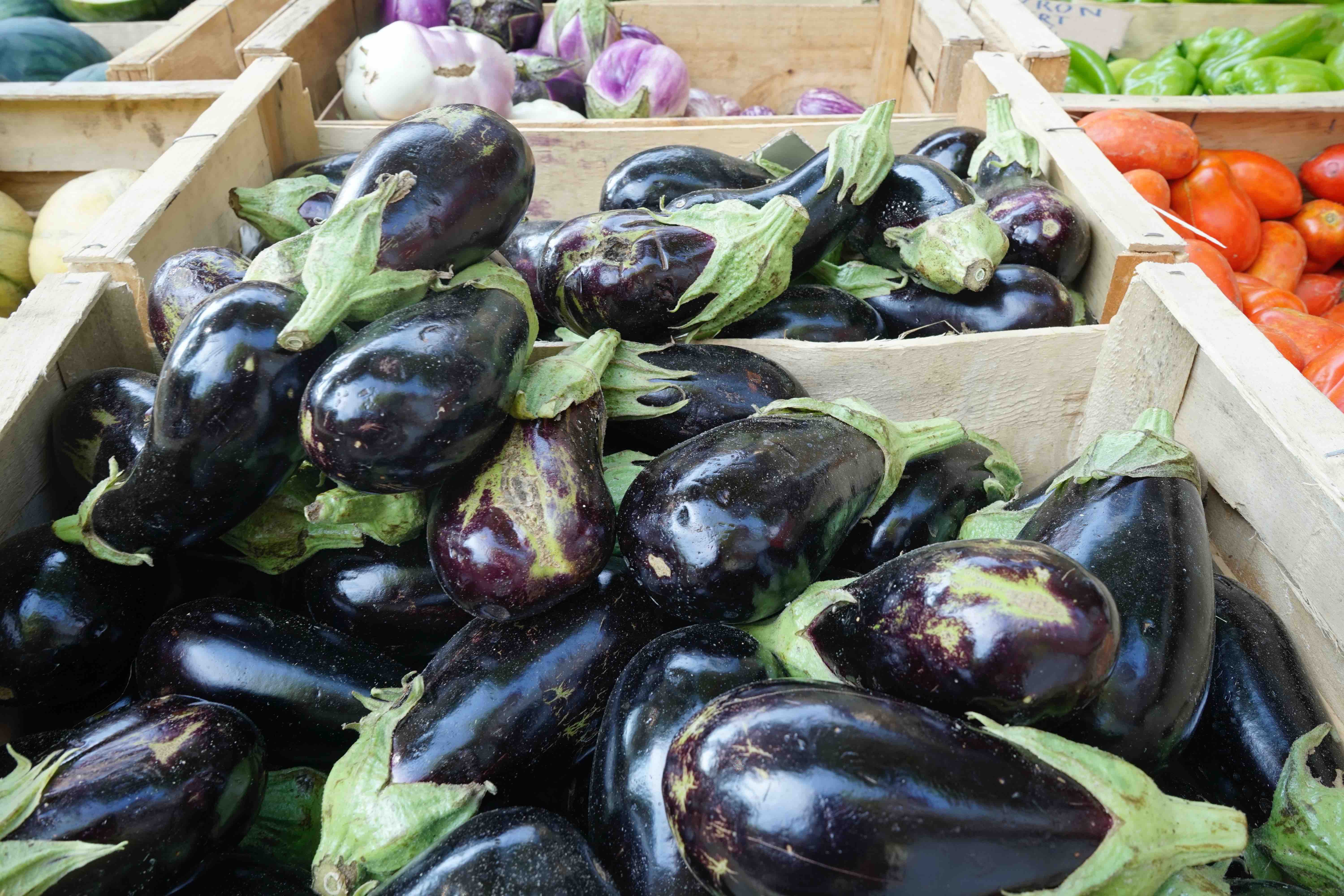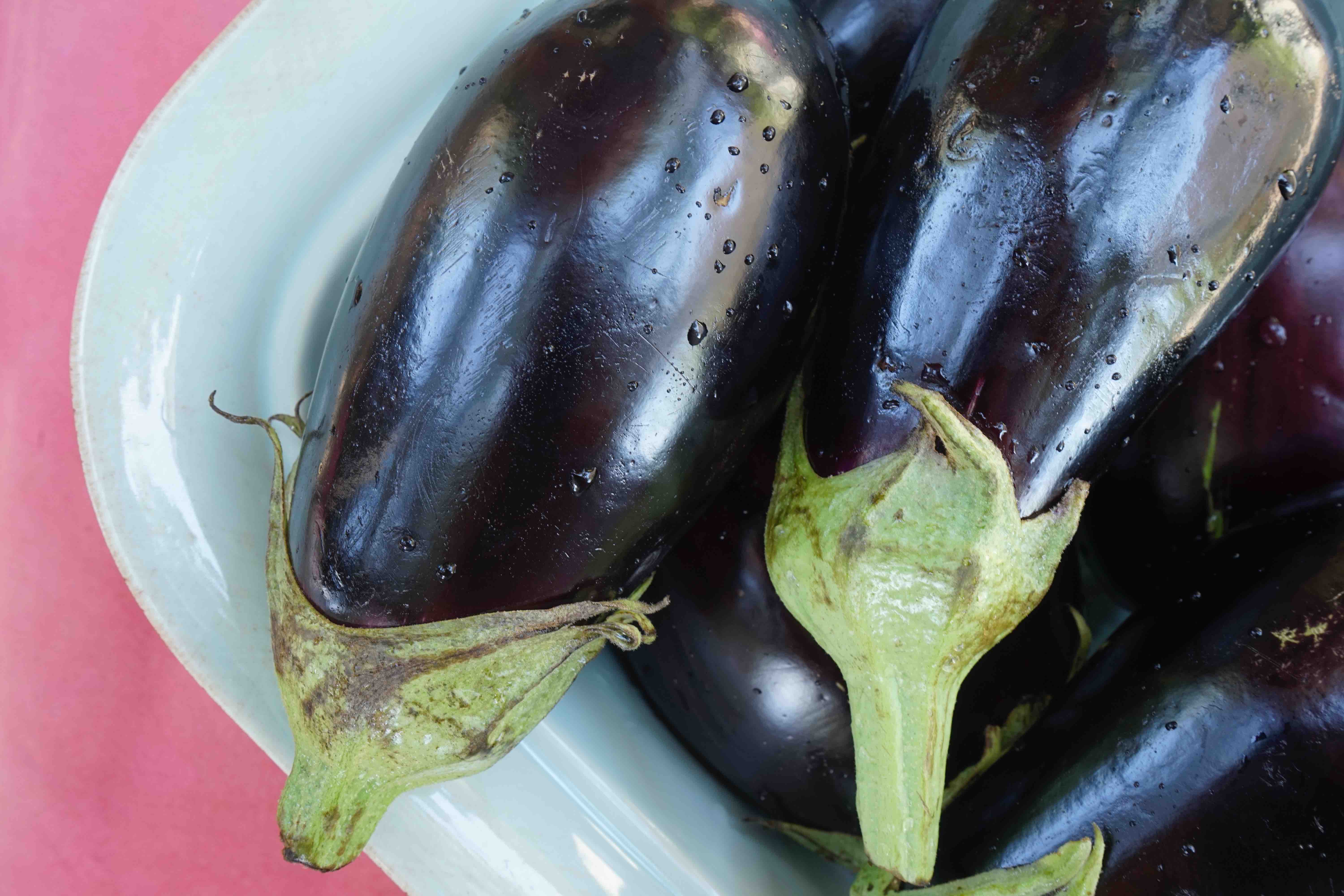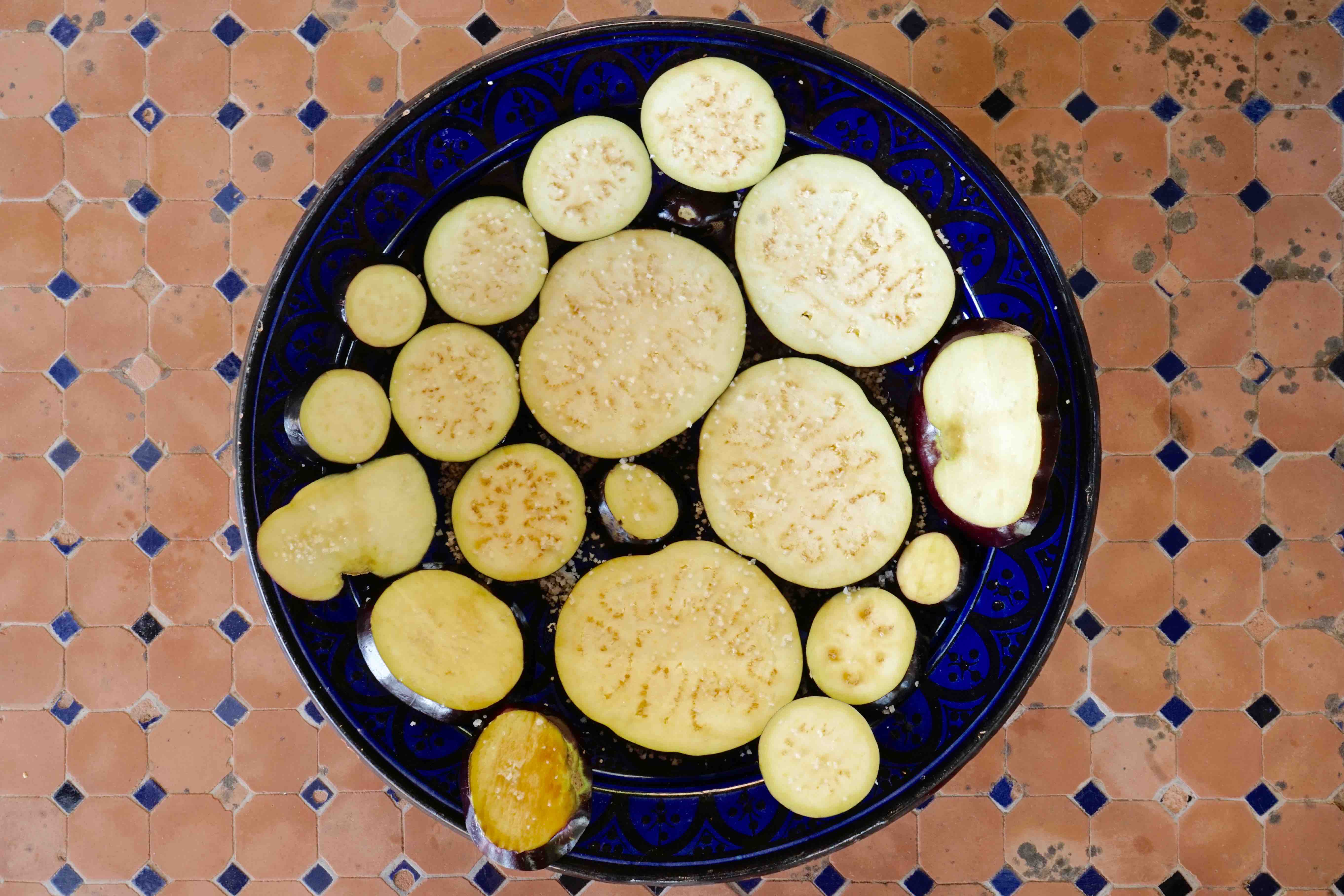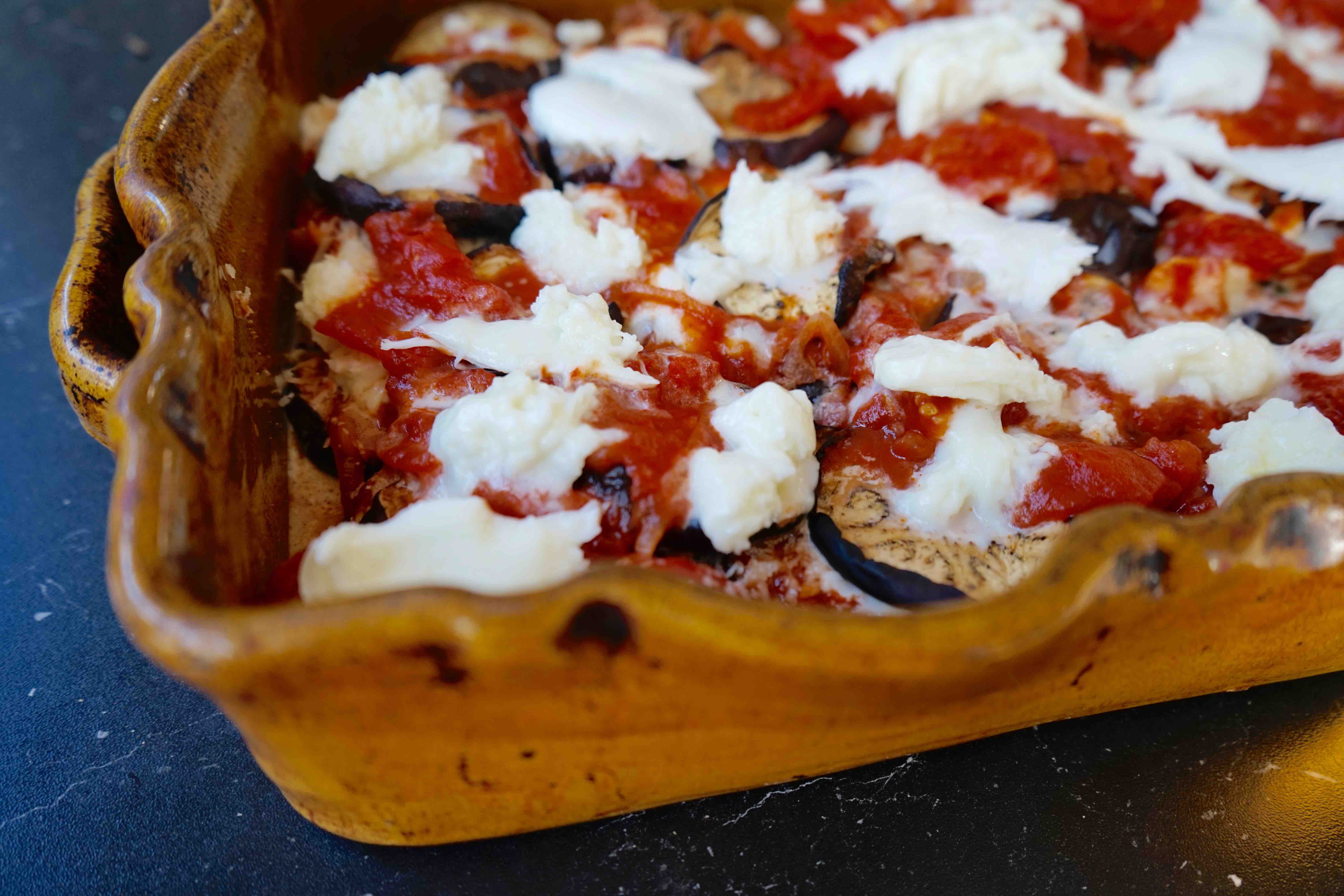Quite certainly – except perhaps if you’re a gastronomy nerd – you’ve always considered an eggplant to be a vegetable, although by botanical definition it is a berry fruit. Bizarre, right? One instantly thinks about the mediterranean summer when picturing an eggplant. But the history of this plant takes us much farther, to eastern and southern Asia, where it appears to have been cultivated – following domestication of a wild nightshade species called “bitter apple” – since prehistory.
With a lack of definitions in ancient Greek and Roman but several different names both in Arabic and North African cultures, it is now clear that it was the Arabs who brought it to the Mediterranean during the middle ages, to gradually spread across Europe wherever climatic conditions made it possible (the plant is unknown in England, for example, up until the 16th century).
The eggplant has a huge variety of different cultivars. We’re used to the ovoid purple one but it changes hugely in color, shape and size: they can be green and white, perfectly round or elongated like a zucchini, and tiny as well as huge. Used in the cuisines of many different countries, it is known for its versatility: pan or deep fried, barbecued, roasted, steamed, mashed in sauces (baba ganoush for example), stewed (to make a delicious ratatouille…). It took a while for the eggplant to conquer the palates of the Italians: up until the 13th century folklore wanted it responsible for insanity, considering it a “poisonous apple”, which explains the Italian etymology of the name (from “mela non sana”, unhealthy apple).
Italy has created some of the most delicious eggplant recipes, mainly dishes from the south of Italy where the eggplant was introduced by the Arabs. They are now renowned all over the peninsula, going from the Caponata to the Pasta alla Norma and the celebrated Parmigiana di Melanzane.  This dish in particular sees a variety of interpretations according to regional traditions. Some want the eggplant deep fried, others instead prefer them grilled, cooked in the oven or pan fried. Other ingredients can change as well, for instance the kind of cheese. Either way, it is a pinnacle among summertime recipes. Experiment with different Parmigiana preparations to figure out which one you love the most, and Buon Appetito!
This dish in particular sees a variety of interpretations according to regional traditions. Some want the eggplant deep fried, others instead prefer them grilled, cooked in the oven or pan fried. Other ingredients can change as well, for instance the kind of cheese. Either way, it is a pinnacle among summertime recipes. Experiment with different Parmigiana preparations to figure out which one you love the most, and Buon Appetito!